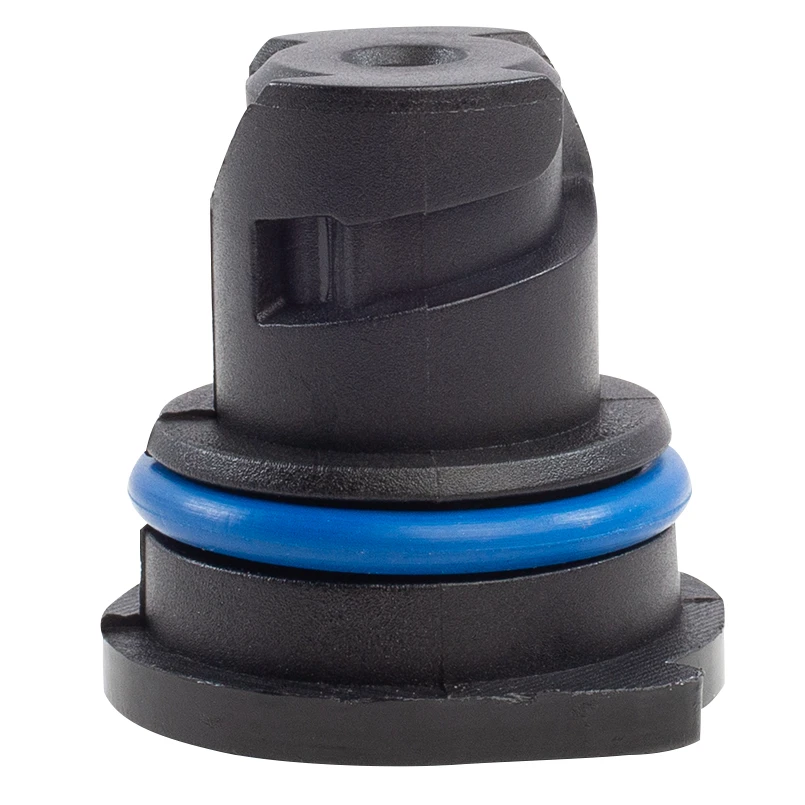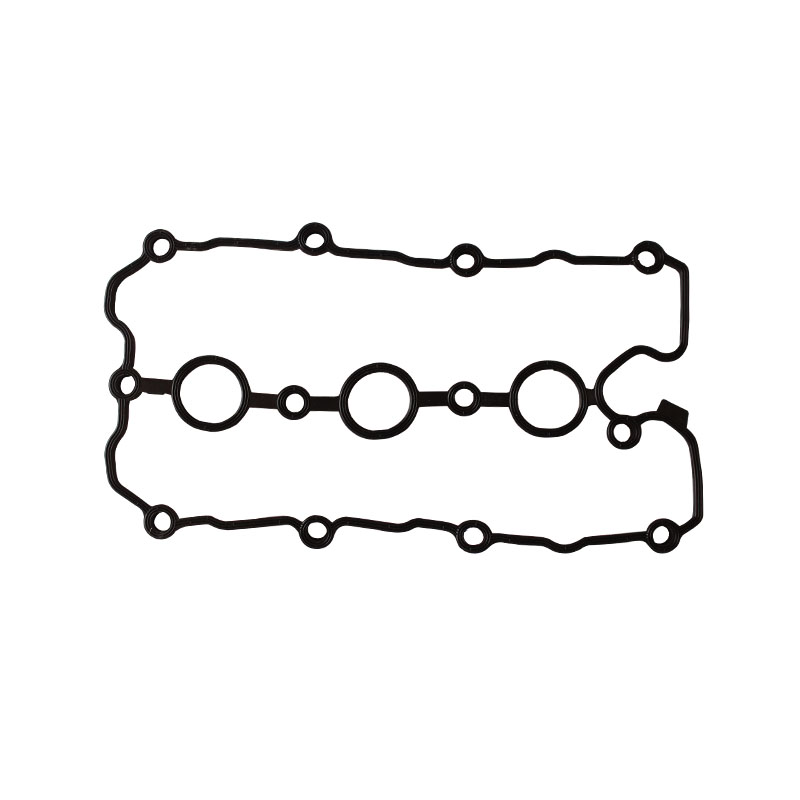KFC WASHERS


5. Ethylene Propylene Diene Monomer (EPDM) O-rings EPDM O-rings excel in hot water and steam applications, delivering excellent resistance to alcohols and ketones. Widely used in automotive cooling systems and solar panel installations, EPDM O-rings demonstrate excellent resistance to ozone and UV. Their performance, however, is compromised by exposure to petroleum products, which highlights the importance of understanding environmental interactions before selection. 6. Polyurethane O-rings Known for their robustness and tear-resistant qualities, polyurethane O-rings are utilized in high-pressure environments. They are preferred in hydraulic applications where durability is critical. A recognized fact is their susceptibility to hydrolysis, which necessitates careful consideration when deployed in moist environments. The success of an O-ring application hinges on selecting the correct material, understanding the environmental conditions, and regularly inspecting and maintaining the seals. It is crucial to balance the physical and chemical properties of the O-ring material with the application's requirements. Extensive experience suggests that using manufacturer specifications as a guide ensures a proper match, thus enhancing seal performance and lifespan. Moreover, advancements in material science increasingly offer composite solutions, combining properties from different materials to achieve desired performance characteristics. For instance, a blend of silicone and PTFE can provide both flexibility and chemical resistance, addressing a broader range of application needs. Finally, building trust with users involves transparent sharing of both the advantages and limitations of each O-ring type. Providing insights from practical experiences and aligning them with professional engineering standards fosters confidence in material choice and application. In conclusion, the diversity among O-ring seal types reflects their broad applicability across industries. By leveraging technical knowledge and real-world insights, engineers and purchasing managers can make informed decisions, optimizing system reliability and efficiency.
-
Simplifying Oil Changes: A Comprehensive Guide to Oil Drain Plugs and Their Variants
News Aug.04,2025
-
Mastering Oil Drain Maintenance: Solutions for Stripped, Worn, and Upgraded Oil Plugs
News Aug.04,2025
-
Fixing Oil Pan Plug Issues: Leaks, Stripped Nuts, and the Right Replacement Solutions
News Aug.04,2025
-
Everything You Need to Know About Oil Drain Plugs: Sizes, Fixes, and Upgrades
News Aug.04,2025
-
Choosing the Right Oil Drain Plug: A Guide to Sizes, Materials, and Drain Innovations
News Aug.04,2025
-
A Complete Guide to Automotive Drain Plugs: Types, Problems, and Innovative Solutions
News Aug.04,2025
-
The Ultimate Guide to Car Repair Kits: Tools and Essentials Every Driver Should Own
News Aug.01,2025
Products categories















